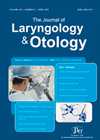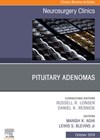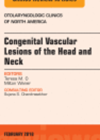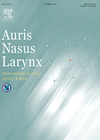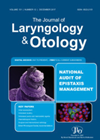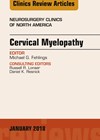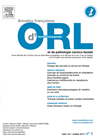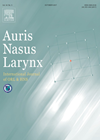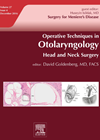
Journal Reviews
Non-surgical and surgical management of arytenoids granuloma
Arytenoid granulomas are often a sequelae of laryngopharyngeal reflux (LPR). Unless there is suspicion of malignancy, they require a very balanced approach between conservative management and surgical intervention. The authors present a series of 62 patients with whom the primary...
Can surgery make you a better driver?
Obstructive sleep apnoea is a condition that can have far reaching health, economic and safety implications for the individual inflicted with the condition, as well as those in their immediate and wider surroundings. Having the freedom to drive taken away...
Does minimally invasive surgery under local anaesthesia have a role in the management of chronic rhinusinusitis?
A formal FESS procedure usually done under local anaesthesia is considered as gold standard in the management of chronic rhinusinusitis. However, success is hampered by a significant recurrence rate of polyps requiring revision surgery, long waiting lists, reluctance of elderly...
Prolactinomas: when to operate
Prolactinomas are the most common functional pituitary adenomas, comprising 40% of all pituitary adenomas. There are consensus guidelines and several common management pathways. This article discusses the role of surgery for these patients. Following diagnosis, the goals of treatment are...
Lingual tonsils and obstrucive sleep apnoea syndrome (OSAS)
Obstructive sleep apnoea can be due to narrowing of the retrolingual space by hypertrophic lingual tonsils. The authors studied 11 patients (five males and six females with a mean age of 44.3 years and a mean BMI of 28.6). All...
Management of infantile haemagiomas of the airway
This paper reviews the diagnosis and management of infantile haemagiomas (IH) affecting the airway. Approximately half of infants with this condition would also have cutaneous haemagiomas which are usually in the beard distribution. IH could affect any parts of the...
Should all patients with BPPV have an MRI?
This paper describes an interesting series of 500 patients over a 10-year period with posterior canal BPPV, who had been investigated with MRI. The female to male ratio was 1.6:1 with a mean age of 56. There was a right...
Surgical and non-interventional management of laryngomalacia
In this elaborate review article, the authors have described various aspects of laryngomalacia and its surgical management with supraglottoplasty or otherwise, gleaned from an extensive review of the literature which provided evidence or the lack of it in relation to...
Neurological complications associated with managing degenerative cervical myelopathy
Degenerative cervical myelopathy (DCM) is a common neuropathologic status due to degenerative changes to the cervical spine. There are multiple operative techniques available, including anterior cervical discectomy and fusion, anterior cervical corpectomy, laminoplasty, laminectomy and laminectomy with fusion. C5 palsy...
Oropharyngeal malignancies
The authors retrospectively reviewed 44 patients who underwent a combined transoral and transcervical treatment without mandibulectomy for oropharyngeal malignancy. The combined approach was performed first by a neck dissection followed by transoral excision of the lesion and reconstruction by a...
To monitor the nerves or not?
Whilst intraoperative nerve monitoring has become the standard of care for mastoid and parotid surgery, its benefit in thyroid surgery remains unclear. In the UK NICE was agnostic on the subject in 2008, stating that it was potentially helpful and...
Low risk options following failure of intratympanic gentamicin for Meniere’s
This article is a useful summary of the options available when intratympanic gentamicin (ITG) fails to adequately control vertigo episodes in Meniere’s patients. The authors describe the anatomical reasons that may impede drug delivery to the round window with the...

